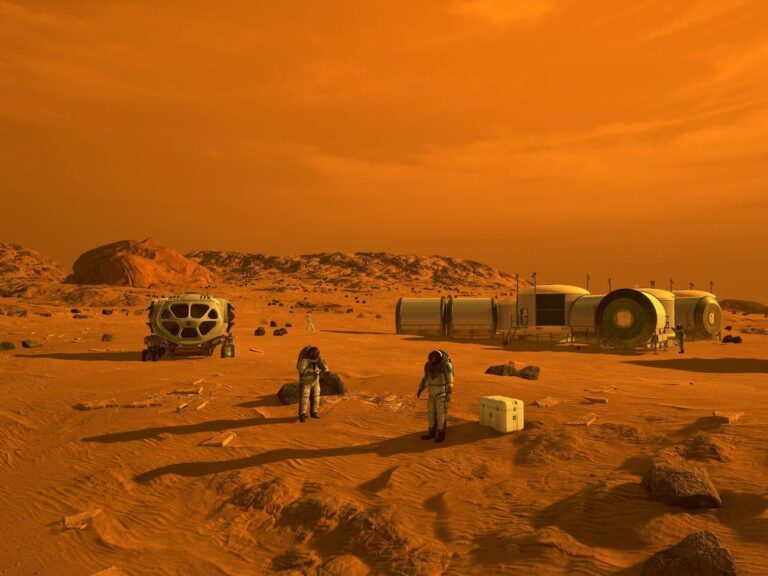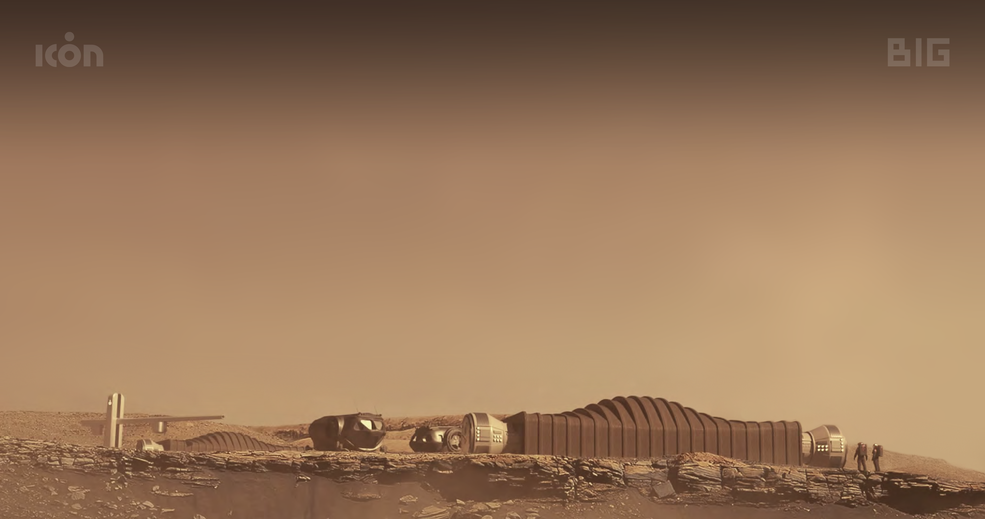
Anyone who’s seen the 2015 Movie, The Martian, must well remember how Matt Damon’s character struggled to survive in the red wilderness of Mars, where temperatures fluctuate dramatically and powerful dust storms reign. The atmosphere is mostly carbon dioxide, the surface of the planet is too cold to sustain human life, and the gravity is a mere 38% of Earth’s. And then there’s the challenge of cultivating crops in a place where nothing grows…
To put it simply, life on the red planet is no walk in the park. It takes knowledge, resourcefulness and rigorous training to overcome those odds, which is why NASA is currently seeking volunteers to pretend to live on Mars for a year.
“The analog is critical for testing solutions to meet the complex needs of living on the Martian surface” said Grace Douglas, lead scientist for NASA’s Advanced Food Technology research effort at NASA’s Johnson Space Center in Houston. “Simulations on Earth will help us understand and counter the physical and mental challenges astronauts will face before they go.”

This experiment is part of the space agency’s Artemis program, whose ultimate goal is to set up a station on the moon and send the first astronauts to Mars.
Over the course of a year, paid volunteers will live and work inside Mars Dune Alpha, a 1,700 square foot 3D-printed model located in the Johnson Space Center, which includes private rooms, a kitchen, two bathrooms, a workout room and space to grow crops. The crew will take part in scientific research and simulated spacewalks, and must learn to deal with challenges such as resource limitations, equipment failure and communication delays.
In order to be considered for the program, applicants will need to hold a master’s degree in engineering, maths, or computer science and have at least two years of pilot experience. The agency also specified that only US citizens or permanent residents qualify for the experiment. They have to be aged between 30-55, proficient in English, and in good physical health. They must not be prone to motion sickness.
NASA plans three of these experiments, the first in fall 2022, then in 2024 and 2025. The results are expected to provide important data that could contribute to humankind’s next great leap. And for non-astronauts, this is also an once-in-a-lifetime chance to experience first-hand what life looks like on another planet.
For more information on the Mars analog mission, visit: https://www.nasa.gov/chapea